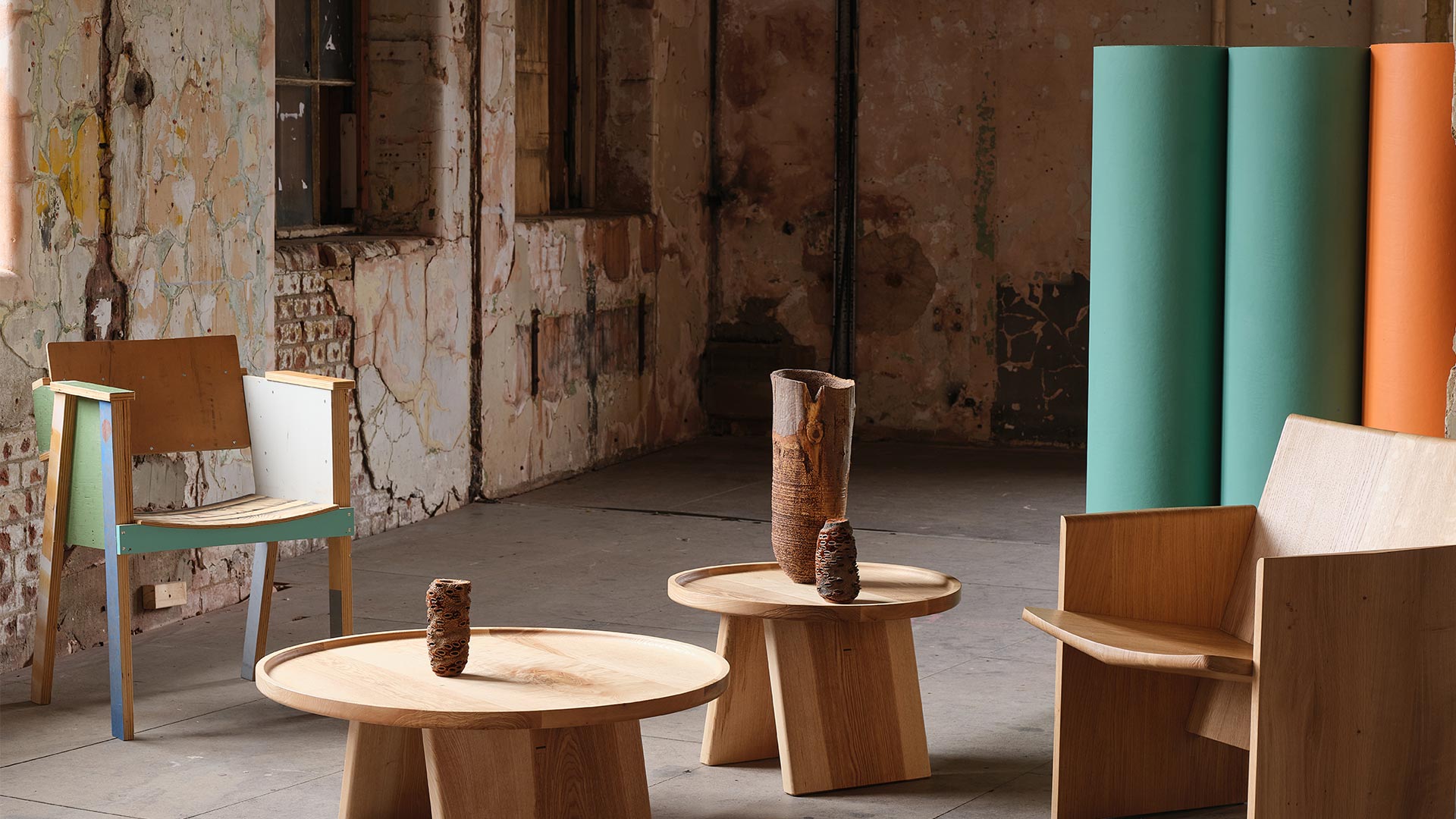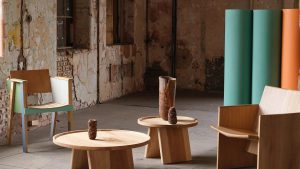
Materials Matter: Understanding the Basics of Furniture Build
When it comes to shopping for furniture, most people focus on finding the perfect style and color to match their home decor. However, there is an important aspect that often goes overlooked: the materials used to build the furniture. Understanding the basics of furniture build and the different materials available can help you make informed decisions and ensure that you bring home a piece that not only looks great but also stands the test of time.

Growing up, my parents always stressed the importance of investing in quality furniture. They believed that a well-crafted piece could last a lifetime, while a poorly made one would need frequent repairs or even replacement. As I started furnishing my own home, I quickly realized how right they were. Furniture is an investment, and one that deserves careful consideration.
Let’s start by discussing the most common materials used in furniture construction:
1. Solid Wood: Perhaps the most coveted material for furniture build, solid wood is known for its durability and beauty. Pieces made from solid wood, such as oak, mahogany, or cherry, are usually more expensive, but they are built to last. Solid wood furniture can be refinished and repaired if necessary, making it a sustainable choice as well. Additionally, the natural grain patterns and variations in color make each piece unique and adds character to your space.
2. Plywood: Plywood is made by gluing multiple layers of thin wood veneers together. This material is used for the structural parts of furniture, such as the back, sides, and bottoms of drawers. Plywood offers better resistance to warping and cracking compared to solid wood. It is also more affordable and lightweight, making it an excellent choice for larger pieces of furniture.
3. Veneer: Veneer is a thin layer of real wood that is glued onto plywood or another base material. Veneered furniture offers the beauty of solid wood at a lower cost. It is less prone to warping and splitting than solid wood, making it a practical choice for surfaces that are exposed to moisture or temperature changes.
4. MDF and Particle Board: Medium-Density Fiberboard (MDF) and particle board are engineered wood products made from compressed wood fibers and resin. While they are not as durable as solid wood or plywood, they are commonly used for the internal structure of furniture. MDF provides a smooth and uniform surface that is ideal for painting or laminating, while particle board is typically covered with a veneer or laminate to give it a more finished appearance.
Apart from the materials used, it is essential to consider the construction methods employed in furniture build. Here are a few key factors to look out for:
1. Joints: Pay attention to how the different parts of the furniture are joined together. Look for sturdy joints such as dovetail or mortise-and-tenon, which provide better strength and stability than simple screws or nails. Well-constructed joints ensure that your furniture can withstand regular use without wobbling or falling apart.
2. Hardware: The quality of hardware, such as drawer slides, hinges, and handles, can greatly impact the functionality and longevity of furniture. Avoid pieces with flimsy or poorly installed hardware, as they tend to break or malfunction. Opt for furniture that uses high-quality, smooth-operating hardware that withstands daily wear and tear.
3. Finish: The finish of furniture not only enhances its appearance but also contributes to its protection. Look for furniture with a high-quality finish that is resistant to scratches, stains, and fading. A well-applied finish will not only make the piece more durable but also easier to clean and maintain.
Investing in quality materials and construction methods ensures that your furniture will endure years of use and retain its beauty. Although it may require a bigger upfront investment, it can save you money in the long run by reducing the need for frequent replacements or repairs. Moreover, by choosing well-crafted, sustainable furniture, you are making a conscious effort to reduce waste and contribute to a healthier planet.
In conclusion, when shopping for furniture, it is crucial to consider the materials used in its construction. Solid wood, plywood, veneer, MDF, and particle board all have their unique attributes, and understanding their pros and cons will help you make informed decisions. Additionally, paying attention to construction methods, joints, hardware, and finish will ensure that the furniture you bring home not only looks beautiful but also stands up to the test of time. Remember, furniture is an investment in your home and lifestyle, so choose wisely and enjoy the comfort and style it brings to your living space for years to come.



